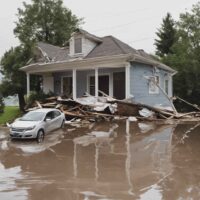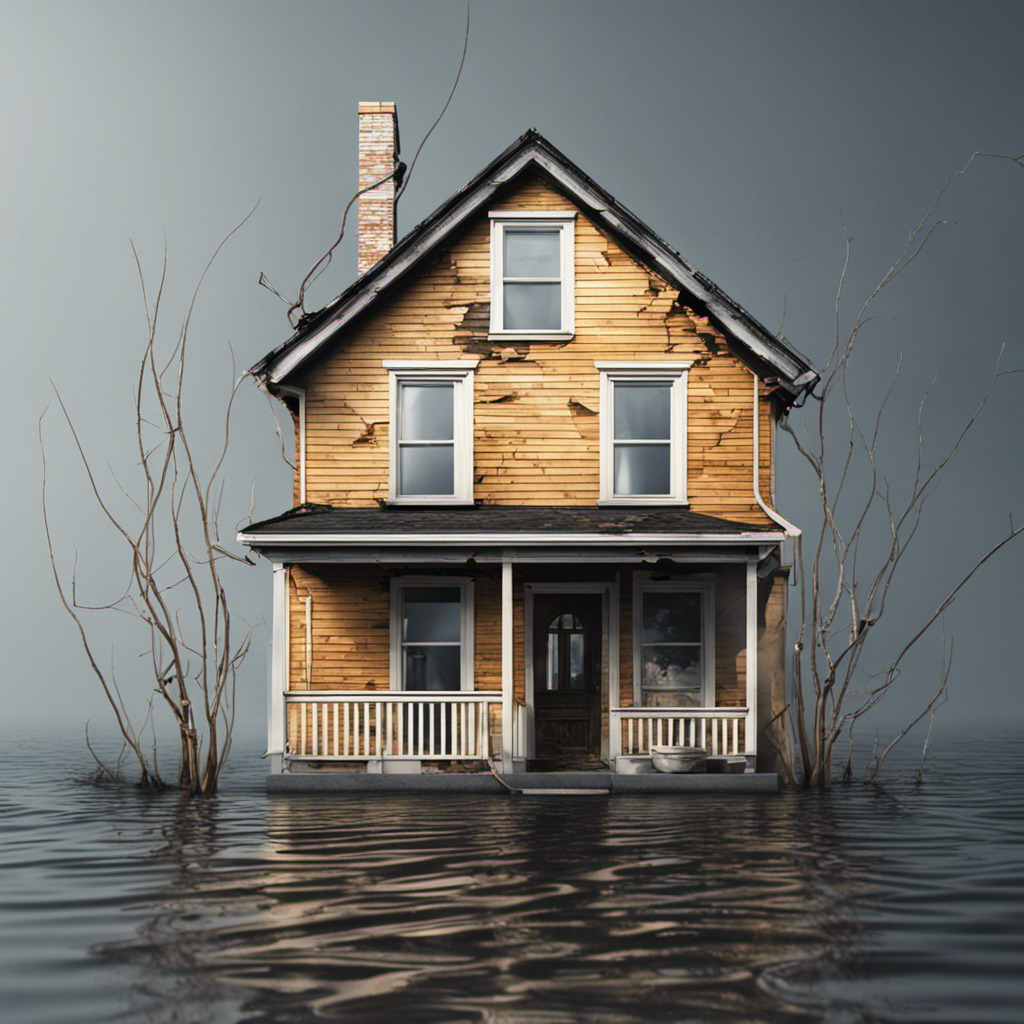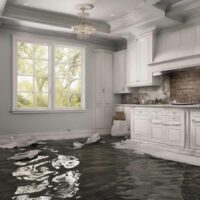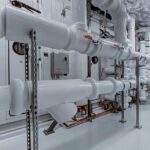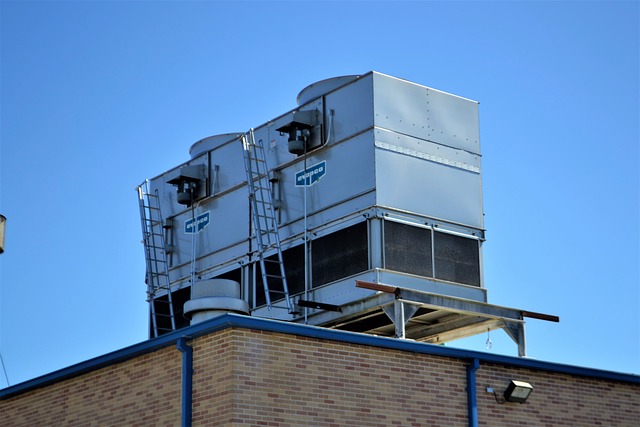
The HVAC (heating, ventilation, and air conditioning) system is a critical part of our houses’ complex infrastructure that keeps us comfortable throughout the year. But when water damage gets into this system, the consequences can be severe.
This extensive manual is designed to serve as your compass for navigating the difficult task of drying out HVAC systems that have been flooded with water. It provides helpful advice and specific tactics in an easy-to-understand language.
From understanding the typical reasons for water damage to putting efficient drying methods into practice, every segment reveals crucial facets of preserving your HVAC system, arming you with the information required to bring comfort back into your house.
See also our post on A Comprehensive Guide to Drying Water-Damaged Documents
How to Recognize the Signs of Water Damage
Visible Leaks
Identify visible leaks in and around your HVAC system. These may manifest as drips, puddles, or water stains, signaling potential water damage.
Unusual Sounds
Listen for unusual sounds, such as dripping or splashing, emanating from your HVAC unit. These auditory cues may indicate the presence of water within the system.
Mold or Mildew Odors
Be alert to moldy or musty odors around the HVAC system, as these can be indicative of water damage and potential mold growth.
Decreased Performance
Note any decline in the system’s performance, such as reduced cooling or heating efficiency. Water damage can impair the functionality of HVAC components.
Increased Humidity
Monitor indoor humidity levels. Water damage to the HVAC system may result in inadequate moisture control, leading to elevated humidity levels in your home.
Common Causes of Water Damage
Clogged Drain Lines
Recognize the impact of clogged drain lines, a common culprit for water damage in HVAC systems. Algae, debris, or mineral buildup can obstruct drainage, leading to overflow.
Faulty Condensate Pans
Inspect condensate pans for cracks or malfunctions. Damaged pans may allow water to accumulate around the HVAC unit, posing a risk of water damage.
Refrigerant Leaks
Address refrigerant leaks promptly, as they can contribute to the formation of ice on the evaporator coil. When the ice melts, excess water may overwhelm the system.
Frozen Evaporator Coils
Prevent frozen evaporator coils, a condition that can result from insufficient airflow or refrigerant issues. Thawing coils release water, potentially causing damage.
Poor Insulation
Evaluate the insulation around HVAC components. Inadequate insulation can lead to condensation, increasing the likelihood of water damage to system parts.
Emergency Steps for Immediate Response
Shutting Off Power
In the event of water damage, immediately turn off the power to the HVAC system. This precautionary step minimizes the risk of electrical hazards.
Removing Standing Water
Safely remove any standing water around the HVAC unit. Utilize towels, mops, or a wet/dry vacuum to prevent further water infiltration.
Clearing Drain Lines
Unclog drain lines by using a specialized brush or a mixture of vinegar and water. This helps restore proper drainage and prevents future water damage.
Inspecting Insulation
Inspect insulation for signs of saturation. Wet insulation loses its effectiveness and should be replaced to prevent ongoing water-related issues.
Calling Professional Assistance
Seek professional HVAC assistance promptly. Certified technicians can assess the extent of water damage and initiate necessary repairs.
Drying Techniques for HVAC Components
Absorbent Materials
Utilize absorbent materials like towels or rags to soak up excess moisture around HVAC components. Replace saturated materials regularly for efficient drying.
Natural Ventilation
Encourage natural ventilation by opening windows and doors. This aids in drying out the HVAC system and preventing the buildup of stale air.
Dehumidification
Deploy dehumidifiers to extract moisture from the air. Position them strategically to target areas with heightened humidity, aiding in the drying process.
Air Circulation
Enhance air circulation by using fans. Position fans near HVAC components to expedite the evaporation of residual moisture.
Professional Drying Equipment
Engage HVAC professionals equipped with specialized drying equipment. Industrial-grade fans, dehumidifiers, and air movers facilitate efficient and thorough drying.
Inspecting and Testing After Drying
Visual Inspections
Conduct visual inspections of HVAC components post-drying. Look for signs of water damage, such as rust, corrosion, or warped materials.
System Functionality Tests
Initiate system functionality tests to ensure that the HVAC unit operates efficiently after drying. Monitor for any irregularities or performance issues.
Electrical Component Inspection
Inspect electrical components for signs of water damage. Check for corrosion on wires, connectors, and control panels, addressing any issues promptly.
Refrigerant Level Verification
Verify refrigerant levels to ensure they are within the recommended range. Address any imbalances, as improper refrigerant levels can impact system performance.
Regular Monitoring
Implement a regular monitoring routine for ongoing vigilance. Periodically check for new signs of water damage and promptly address any emerging issues.
Preventive Measures for Future Protection
Routine Maintenance
Adopt a routine maintenance schedule for your HVAC system. Regular inspections and cleaning can identify and address potential issues before they escalate.
Condensate Pan Algaecide
Apply condensate pan algaecide tablets to prevent algae growth and clogs. These tablets dissolve slowly, helping to maintain clear drain lines.
Professional Inspections
Engage professional HVAC inspections annually. Certified technicians can identify and address potential water damage risks proactively.
Improved Insulation
Enhance insulation around HVAC components, especially in areas prone to condensation. Improved insulation minimizes the risk of moisture-related problems.
Strategic Unit Placement
Consider the strategic placement of HVAC units. Position them in areas with sufficient ventilation and minimal risk of water exposure, reducing the likelihood of water damage.
Expert Consultation and Upgrades Tips
Consulting HVAC Professionals
Consult with HVAC professionals for expert advice on system upgrades. Upgrading to newer, more water-resistant components can enhance overall system resilience.
Considering Smart Technology
Explore smart HVAC technology options that include water leak detection features. These systems can automatically shut off in the presence of water, preventing extensive damage.
Investing in Water Sensors
Install water sensors around HVAC components. These sensors provide early detection of water leaks, enabling swift response and minimizing potential damage.
Upgrading Drainage Systems
Consider upgrading drainage systems to incorporate features that prevent clogs and improve water flow. Enhanced drainage minimizes the risk of water damage.
Exploring Sealed Ductwork
Evaluate the possibility of sealed ductwork installation. Sealed ducts reduce the risk of water infiltration, contributing to a more resilient HVAC system.
See also our post on A Comprehensive Guide on Protecting Your Home from Water Damage in a Desert Climate
Conclusion
Every step you take to protect your home’s HVAC system from water damage is a vital note in the delicate dance of resilience and restoration. This guide aims to give you a thorough understanding of how to dry out water-damaged HVAC systems, with approachable and doable strategies for each step of the way. May the resilience ingrained in these steps resonate through the heart of your HVAC system, producing a melody of dependability and effective functionality as you navigate the challenges of restoring comfort to your home.

